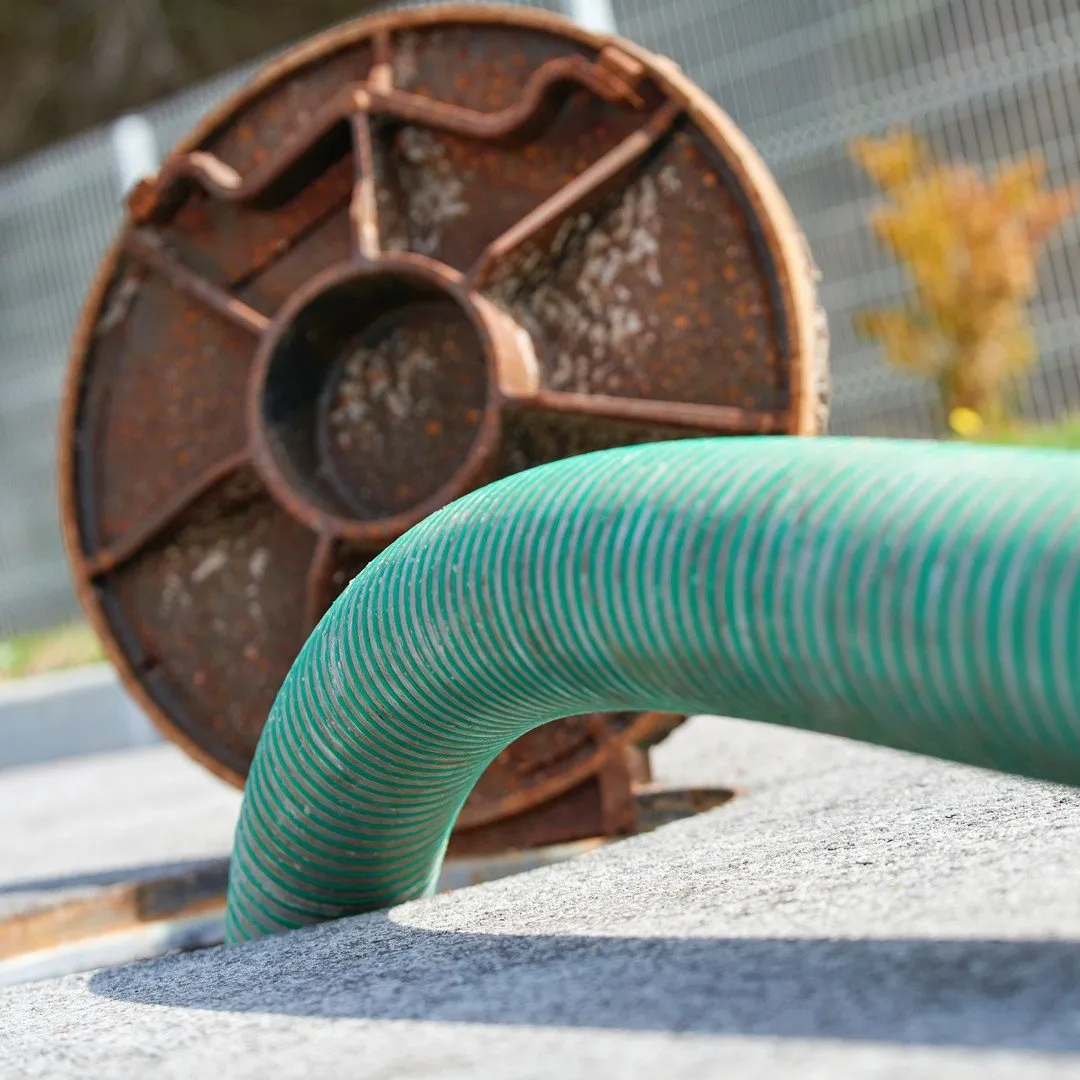In the realm of household management, your septic system is one of the silent heroes—discreetly carrying out vital functions below the surface. However, neglecting the maintenance of this essential system can lead to hefty repair costs and environmental hazards.
For homeowners, understanding and adhering to the necessary maintenance methods is a long-term investment in the safety and efficacy of your home. This comprehensive guide is crafted to keep your septic system efficient and trouble-free, providing a peace of mind that every homeowner craves.
Homeowners often overlook their septic systems—until a problem arises. And when that happens, it’s not just a financial strain, it’s an environmental concern. Septic systems are a delicate balance of biology and technology, designed to treat and dispose of our household waste. Understanding how to care for this system is not just good for your home and your wallet; it’s also good for the environment.
In this blog post, we’re going to explore the key components of your septic system and provide you with a detailed guide on how to maintain it. By the end, you’ll be equipped with the knowledge to keep your septic system in top shape, ensuring the health of your family, your property, and the planet.
Understanding Your Septic SystemHow Does a Septic System Work?
A septic system consists of two main parts: the septic tank and the drain field. When wastewater flows from your home into the septic tank, the solids sink to the bottom, and the liquids rise to the top. The solids are broken down by bacteria, and the effluent liquid passes into the drain field where it is safely dispersed into the soil.
The Importance of Regular Maintenance
Over time, sludge and scum will accumulate in the septic tank. If not pumped out regularly, these can lead to blockages and backups. Regular maintenance also involves keeping the bacterial balance in check and ensuring no damage to the tank or the drain field.
The key to a well-functioning system is vigilance. Regular inspections, scheduled pumpings, and conscientious daily practices are the pillars of septic system care.
Maintenance Secrets for a Healthy Septic System1. Regular Pumping Schedule
Determining the frequency of pumping your septic tank can vary depending on the size of the tank, the number of occupants in your home, and your water usage. As a general rule of thumb, experts recommend pumping every three to five years. This helps prevent the buildup of solids that can clog your drain field, leading to a system failure.
2. Proper Waste Disposal Practices
What goes down your drains has a direct impact on your septic system. Avoid flushing anything non-biodegradable or anything that can interfere with the critical bacterial processes in your tank. This includes:
- Grease and oil
- Feminine hygiene products
- Paper towels
- Chemicals and medications
- Excessive amounts of chemicals used for cleaning
3. Water Conservation Tips
Too much water entering your septic tank can disrupt the settling process and could send undigested solids into the drain field. To conserve water and reduce this risk:
- Fix leaks promptly
- Install low-flow fixtures
- Space out major water use (e.g., don’t do several loads of laundry in one day)
- Avoid running taps while not in use
4. Inspecting for Leaks and Damage
A regular inspection of your septic system can alert you to leaks or damage that could lead to system failure. Look for signs of problems such as water accumulation over the drain field, slow draining, or an odor of sewage.
5. Using Septic-Safe Products
Many household products can disrupt the biological balance within your septic tank. To maintain this balance, choose septic-safe options for cleaning and personal care, ensuring they are labeled as safe for use in septic systems.
Benefits of Proper MaintenancePreventing Costly Repairs
A septic system failure can be a homeowner’s worst nightmare. By sticking to a regular maintenance routine, you can identify and address issues before they become severe, saving you a significant amount in repair costs.
Extending the Lifespan of the Septic System
A well-maintained septic system can last for several decades. With proper care, you’ll delay the need for a costly system replacement and ensure the longevity of your home’s sanitation infrastructure.
Ensuring Environmental Safety
Leaky or failed septic systems can contaminate groundwater and nearby water bodies with harmful bacteria and pollutants. By taking good care of your septic system, you directly contribute to a cleaner and safer environment for all.
Common Mistakes to AvoidUsing Harsh Chemicals
Chemical drain cleaners and heavy chlorine bleaches can kill the beneficial bacteria in your septic tank. Without these bacteria, the tank cannot break down solids effectively and can lead to clogs and backups.
Neglecting Regular Inspections
Waiting for a problem to show itself is waiting too long. By the time you notice an issue, irreversible damage may have occurred. Regular inspections can catch small problems before they become major headaches.
Overloading the System
Conserving water is key to the health of your septic system. If too much water floods the tank, there won’t be enough time for solids to settle, and you’ll end up with a compromised drain field.
Your septic system is a vital component of your home’s infrastructure and requires careful attention. Committed homeowners who understand their systems and follow a sound maintenance plan can avoid the headaches and costs that come with a failing system. By incorporating the tips outlined in this guide, you’re not only safeguarding your property but also actively participating in environmental preservation.
In essence, a well-maintained septic system is a testament to your stewardship of both your home and the planet. With these maintenance secrets in hand, you have the power to foster a healthy, efficient, and reliable septic system for years to come. Contact your local Hamilton plumbers Rescue rooter for all of your septic system needs.






